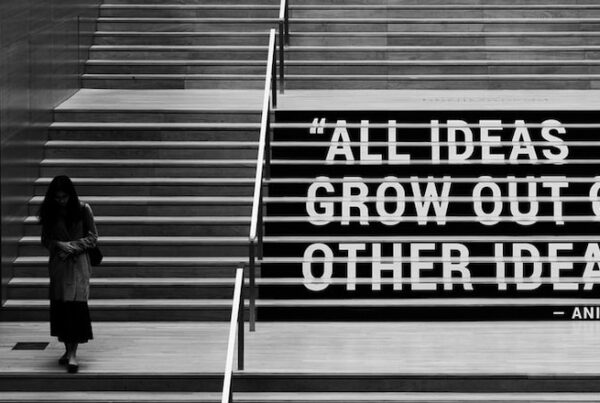
The number four is pretty cool. For music nerds like me, the number has lots of significance. For example, in most modern music, time is constructed in four beats per measure. In ancient times, the number four signified “wholeness” and “completeness.” Even today, we orient ourselves using the four cardinal directions: north, south, east, and west. As it turns out, the number four has significance in ideation, too.
 The goal of ideation is to form totally new ideas and concepts, often by combining seemingly disparate things. The success of ideation is dependent on using the right process and having a high-performing team.
The goal of ideation is to form totally new ideas and concepts, often by combining seemingly disparate things. The success of ideation is dependent on using the right process and having a high-performing team.
Our ideation process, Quartet, is based on creating high-performing teams by better managing the natural behavioral archetype of each team member. These archetypes were first explored by Dr. Carl Jung and were later popularized by the Myers-Briggs Type Indicator®. In ideation, we see four behavioral groups emerge: Storytellers, Implementers, Problem Solvers, and Creatives. Just as in a musical quartet, each member has unique skills to contribute.
Ideation is a purposeful flow between divergent and convergent modes of thinking, and it requires alternation between the left and right “hemispheres” of the brain. Each of the four behavioral groups has strengths (and weaknesses) in different areas that must be managed for the team to reach full potential. Truth be told, you need the full quartet for maximum results.
The Four Archetypes
Storytellers are the essential glue in ideation. They have the instincts to empathize with the end user and keep “needs and insights” in the forefront. We often assign Storytellers to the role of “needs champion” to ensure the team stays focused on what matters.
After a team has generated hundreds of ideas (and lots of Post-It® notes), members often ask “Where is all of this going?” When this happens, we call on the Implementers to organize the output and lead the team to preliminary concepts.
The Problem Solvers excel at interjecting new thinking in breakout groups. If a team gets stuck, we instruct Problem Solvers to start asking questions like “Have we thought about…?” or “Let’s consider this…” to encourage thinking from new angles.
The Creatives need the freedom to be themselves, since their skill lies in combining things and ideas into something new. They are often in short supply, so we make sure to strategically place them in the ideation team.
By leveraging the natural skills and abilities of each participant, we can create a high-performing team and maximize ideation success. With the right conductor, your ideation team can perform just like a quartet: working together in harmony.



